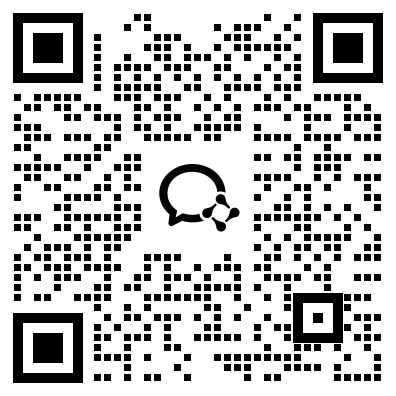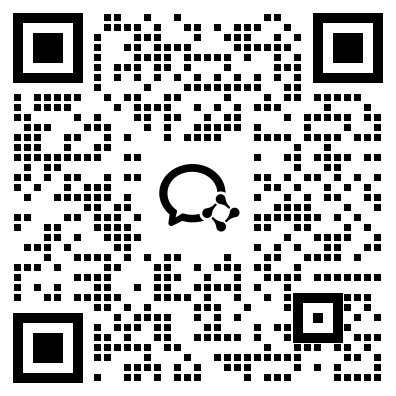Live fast, die young: Accelerated growth, mortality, and turnover in street trees|树木生态学数据集|城市生态学数据集
收藏Mendeley Data2024-06-25 更新2024-06-29 收录
下载链接:
https://dataverse.harvard.edu/citation?persistentId=doi:10.7910/DVN/3TN2UX
下载链接
链接失效反馈资源简介:
Tree species, location, growth, mortality, and recruitment data for street trees in Boston, MA surveyed in 2006 and 2014. These are the data for the manuscript "Live fast, die young: Accelerated growth, mortality, and turnover in street trees" by Ian A. Smith, Victoria K. Dearborn, and Lucy R. Hutyra submitted to PLOS ONE on November 26, 2016.
创建时间:
2023-06-28



